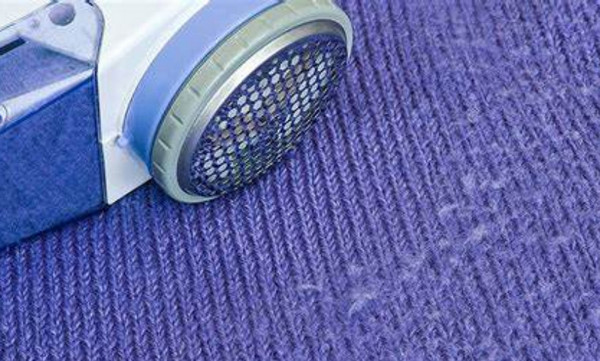- Qinsun Instruments Co., Ltd.
- Tell:+86-21-6780 0179
- Phone:+86-17740808215
- Address:No. 2578 Minhang District Gu Dai Road, Shanghai
- Contact:Mr. Li
- QQ:846490659
How do you test for wear resistance?

Testing a material for abrasion resistance is a way of evaluating its ability to resist wear and damage during use. The following is an overview of the general procedures and methods for testing materials for abrasion resistance. Note that specific test methods may vary by material type and application. I'll try to provide as basic guidance as possible, but this may not cover all situations.
1. Material sample preparation: As required, prepare samples from the material to be tested. This may involve cutting, machining or preparing specific test pieces or coupons.
2. Select the wear test method: select the appropriate wear test method according to the test requirements and material characteristics. Common abrasion resistance testing methods include but are not limited to the following:
a. Taber wear test: use Taber wear instrument and other equipment to simulate the wear of materials under different conditions by applying a rotating wear head on the material and applying a certain force.
b. Grinding wheel wear test: Using a rotating grinding wheel or a rigid abraser, the abrasive head is brought into contact with the material surface to simulate wear in real applications.
c. Drum wear test: The material is placed in a drum, rolled and subjected to wear, abrasive particles, etc. under specific conditions.

3. Define test parameters: According to the selected test method, define and prepare test parameters, such as pressure, wear times, wear head material, test medium, etc. These parameters should match the actual application conditions and provide reliable results.
4. Carry out wear test: According to the selected test method and defined parameters, carry out the wear test of the material. Make sure to use proper equipment and instruments and follow the equipment operating manual.
5. Observe and record the wear condition: During the test, observe the wear condition of the material, including surface wear, damage, color change, etc. Record and measure key wear indicators such as mass loss, wear volume, wear depth, etc.
6. Data analysis and reporting: By analyzing the test results, calculate the wear rate, wear coefficient or other relevant parameters to evaluate the wear resistance of the material. Write test reports as needed, providing detailed test process, results and conclusions.
When testing materials for abrasion resistance, be sure to follow proper laboratory safety practices, especially if chemicals and equipment handling are involved. Relevant test standards or recommendations should also be referred to and test methods specific to the material and application discussed with a professional.
Hope this brief overview is helpful. Specific test requirements and methods may vary depending on the test purpose and application area.





